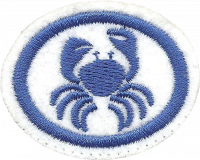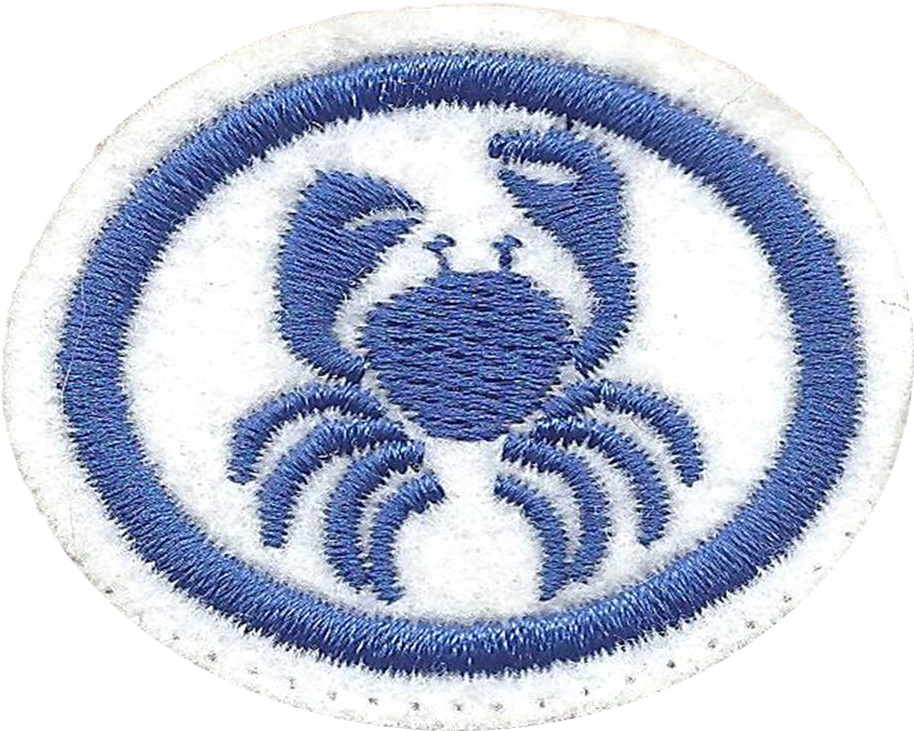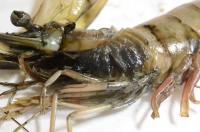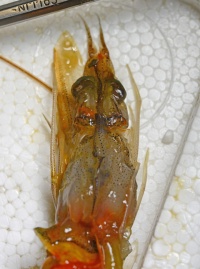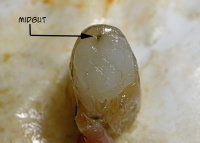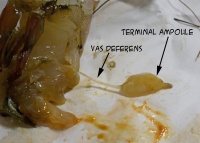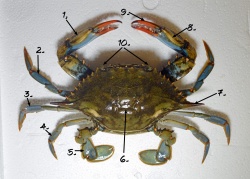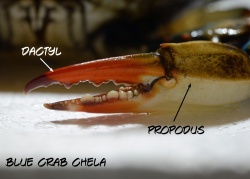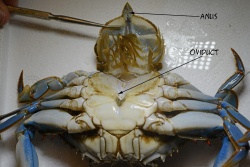Difference between revisions of "AY Honors/Crustaceans/Answer Key/es"
(Created page with "¿Cuál es la importancia de lo micro crustáceos para el medio ambiente?") |
(Created page with "{{clear}}") |
||
| Line 107: | Line 107: | ||
¿Cuál es la importancia de lo micro crustáceos para el medio ambiente? | ¿Cuál es la importancia de lo micro crustáceos para el medio ambiente? | ||
| − | + | {{clear}} | |
| − | |||
| − | |||
| − | |||
| − | |||
<div lang="en" dir="ltr" class="mw-content-ltr"> | <div lang="en" dir="ltr" class="mw-content-ltr"> | ||
Revision as of 07:47, 7 April 2021
Nivel de destreza
2
Año
2012
Version
01.12.2025
Autoridad de aprobación
División Sudamericana
1
2
3
4
5
6
7
8
9
¿Cuál es la importancia de lo micro crustáceos para el medio ambiente?
10
10a
¿Cuál es la importancia de lo micro crustáceos para el medio ambiente?
The fist shrimp below has the carapace removed and the gills exposed. The color is due either to black gill disease or to the shrimp living in very fouled water. The second image is a different shrimp with the carapace removed. Note that the internal organs are heavily damaged, due to freezing and thawing, making clear identification more difficult. This is something you may encounter as well with store bought shrimp.
You may also want to dissect a crab, if they are easily available in your local grocery or fish market. (Two fairly comprehensive dissection guide to Blue Crabs can be found at [1] and [2]) Crab internal organs are a bit more robust than those of shrimp, as well as larger, making identification and exploration that much easier. The external anatomy key: 1. Cheliped (modified Pereopod) 2. Second Pereopod 3. Third Pereopod 4. Fourth Pereopod 5. Fifth Pereopod, modified as a swimmerette 6. The Cervical Groove on the Carapace 7. Lateral Spine 8. Propodus (the immovable portion of the Chela (claw) 9. Dactyl (the moveable "finger" of the Chela) 10. The Compound Eyes on eye stalks.
10b
There are many places to find different crustaceans to observe, and the requirement doesn't say your class has to stay in - you may be able to take a field trip to observe many of these different types of crustaceans. A local seafood market should have different live crabs or shrimp species. You can usually find terrestrial isopods (rolly polly bugs/pillbugs) in your back yard. Sea Monkeys are small crustaceans known as brine shrimp, and are often available in hobby, science or toy stores. Triops are another type of crustacean often available as dormant eggs for growing and observing at home. Many pet stores sell terrestrial hermit crabs, and the aquarium departments often have fiddler crabs and different types of shrimp. If you live near the seashore, take your class outside, and see what you can find right on the beach. If they look carefully, they may find different types of crabs, small shrimp, hermit crabs, and amphipods and isopods. While you are out on the beach, consider working on the Marine Invertebrates Honor or the Shells Honor as well.
11
11a
11b
11c
11d
11e
Shrimp are slender with long muscular abdomens. They look somewhat like small lobsters, but not like crabs. The abdomens of crabs are small and short, whereas the abdomens of lobsters and shrimp are large and long. The lower abdomens of shrimp support pleopods which are well adapted for swimming. The carapace of crabs are wide and flat, whereas the carapace of lobsters and shrimp are more cylindrical. The antennae of crabs are short, whereas the antennae of lobsters and shrimp are usually long, reaching more than twice the body length in some shrimp species.
11f
11g
